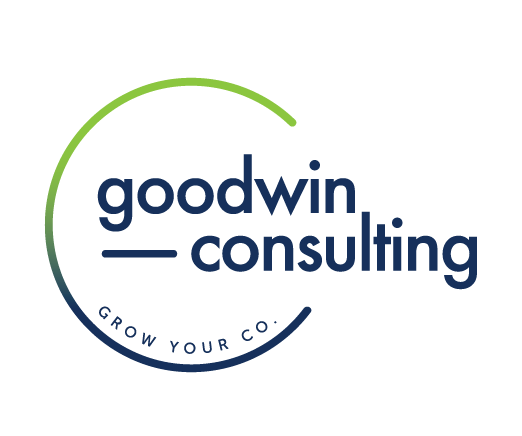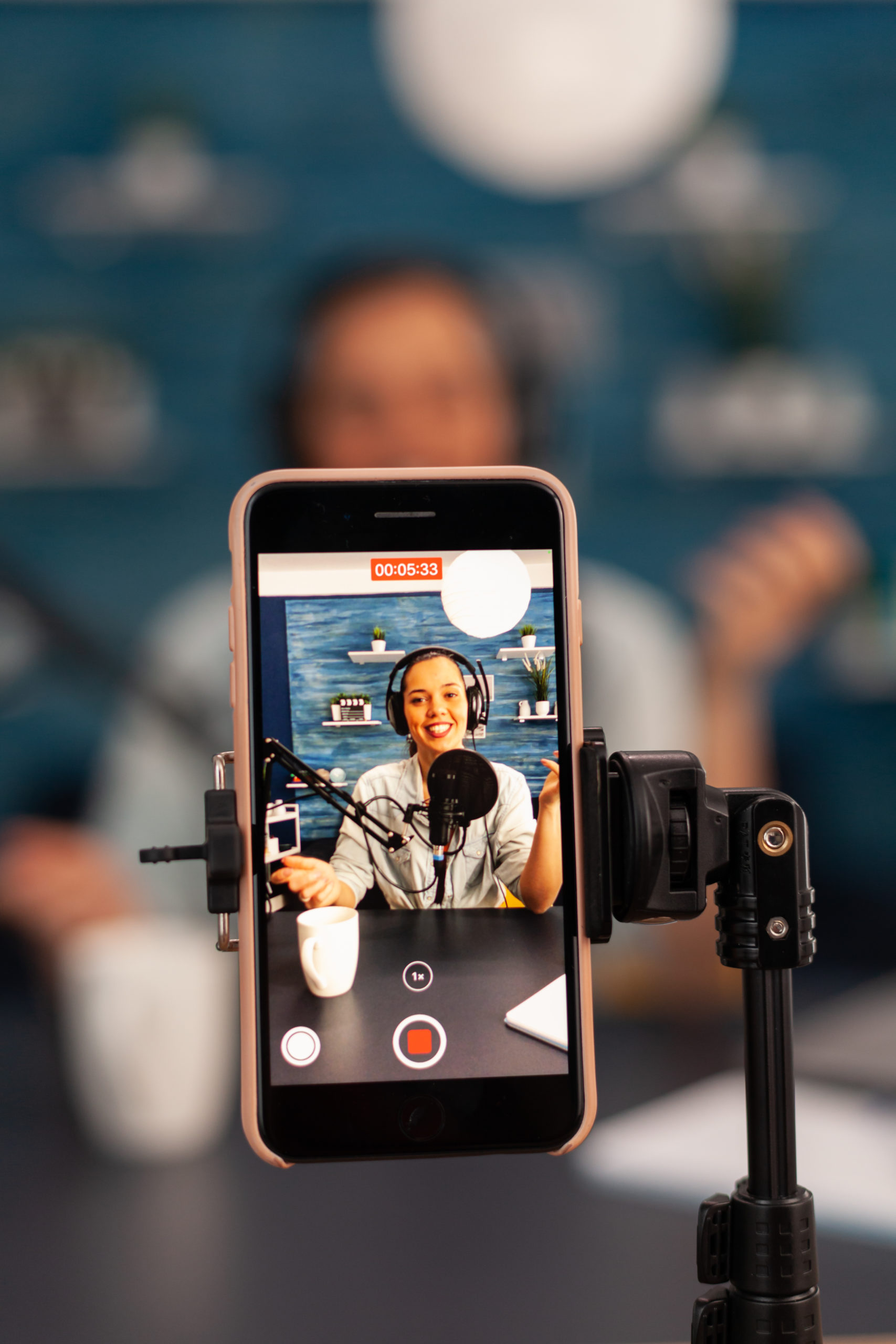Content forms a critical pillar of every modern PR and marketing strategy: videos and photos, graphics and landing pages, blog articles, and guest posts.
But should you create your own content or engage an influencer to create brand-promoting content on your behalf?
Both strategies have perks and downsides. Let’s take a look at these different approaches.
Option 1: Create Your Own Content
Before you commit to creating your own content, keep in mind that large companies employ entire teams of people devoted solely to social media. Content creation is tremendously time-consuming, and high-quality content demands an even bigger investment.
You can create impactful content within nearly any budget range, but you should understand your audience and your team’s capabilities before dreaming up a content strategy. For example, a luxury audience prefers content with a higher production value; on the other hand, a casual brand may be successful with more basic content.
Establish a content strategy
A great deal of work goes into creating content. But before you even get to the creation phase, you need to develop a strategy.
Like successful businesses, effective content strategies are rooted in values. What do you (i.e., your company) care about? To attract a loyal audience, your content must be a genuine reflection of your brand, from the visuals to the tone of voice to the topics and themes.
Monitor and maintain. Assign a team member to monitor your content and maintain your strategy, ensuring that your messaging stays on-brand and aligned with your goals. Problematic and tone-deaf content can have crushing effects on an unprepared company.
That’s not to say that you can’t publish content that’s polarizing or controversial. But it should be clearly connected to your overall content strategy, pre-approved by leadership, and subsequently monitored by a PR expert.
Get buy-in. Quality content costs money to produce, so you’ll need a comprehensive strategy and wholehearted buy-in from any key stakeholders. In addition to needing skilled writers, photo editors, bloggers, designers, script developers, video producers, and analytics experts, you’ll also need a dedicated budget.
Stay engaged
Timely social engagement with your audience is another critical step toward gaining traction with your content. Likes, comments, and shares inspire more likes, comments, and shares; and your audience will be more likely to click “Like” or leave a comment if they know your brand will engage with them.
Leverage LinkedIn
Business professionals who work with Goodwin Consulting get great results with LinkedIn, thanks to the platform’s ease of use and built-in audience. LinkedIn allows you to post updates, share articles, write blogs, and even distribute a newsletter to your followers.
Top-performing LinkedIn profiles can cultivate new contacts while you sleep, organically expanding your network and drawing attention to your brand.
Create a content calendar
If you’re new to using social media for your business, I recommend selecting no more than two platforms to focus on initially. Goodwin Consulting can help you build attainable content calendars for each platform, so you know what to post and when.
When building a content calendar from scratch, start with the basics:
- What key dates, events, or launches are on your company calendar? (If you host frequent webinars or in-person events, event management will be a critical part of your content strategy.)
- What important milestones should you celebrate and commemorate publicly?
- What types of high-value information can you offer your audience each week?
Social media has tremendous potential to put your brand in front of a broad audience. You can harness that power with as few as 2-3 well-crafted posts per week!
Option 2: Partner with an Influencer
Yesterday’s spokesperson is today’s influencer. Influencers create their own content and bring their existing audience to your brand. The more popular the influencer, the more you’ll need to invest to leverage their reach.
Partnering with an influencer can result in tremendous wins for both your brand and the influencer. But remember: influencers are real people with the potential to say or do things that do not align with your brand’s values. Do your due diligence before contracting an influencer, and engage an attorney with relevant experience to draft your agreement.
The ideal influencer client: OrthoLazer
Goodwin Consulting is the proud PR partner of OrthoLazer, a sports medicine clinic expanding to several new locations. For a company like OrthoLazer, an influencer can help build awareness of treatment options and promote grand opening events. For example:
“I just discovered an amazing treatment for musculoskeletal pain that can get you back to your active self! We checked out OrthoLazer for ourselves, and this is what we found.”
With the right influencer on board, OrthoLazer can reach a targeted audience of potential patients who will benefit from their treatments.
The risks of influencer marketing
No strategy is foolproof, of course, and influencer marketing poses unique risks.
After social media influencer Mikayla Nogueira complained about the difficulties of her job in a TikTok video, the public backlash was swift and brutal. Rumored to earn up to $85,000 per post, Nogueira’s complaints—however well-intentioned—rubbed her audience the wrong way, turning many formerly loyal followers against her.
Rates like Nogueira’s are common for influencers of her status. With more than 13.5 million followers, companies could trust that a single product promotion from Nogueira would deliver massive sales and profits.
But since the backlash against Nogueira, the influencer has vanished from social media. As of this writing, her last TikTok post was at the end of September. Now, the question is, what becomes of her brand partnerships—and can she rebound?
What happens when highly-paid influencers lose favor and traction with their audience overnight? Or when an influencer abandons social media before posting the agreed-upon content? Would you ever recover your funds?
The $25,000 Tweet
For nearly a decade, my agency was fortunate to provide PR and event support to the Light Foundation, an Ohio nonprofit helping young people develop the skills, values, and mindset they need for a productive future. Back in 2011, as part of our PR strategy for the foundation, we wrote and published a tweet that attracted the attention of well-known sportscaster Peter King from Sports Illustrated, resulting in a tremendous PR and financial opportunity for the charity.
Passionate about the Light Foundation’s purpose, King partnered with the charity to elevate the Light Foundation brand by participating in its fundraising event, the 2011-2012 Lock-Out Breakfast. With the partnership in place, the Light Foundation’s event was a sell-out, raising more than $25,000 for both the Light Foundation and Peter King’s nonprofit organizations.
The unanticipated collaboration between the Light Foundation and King perfectly demonstrates the value of well-placed, thoughtfully crafted content. Years later, King participated in another successful Light Foundation fundraising event to promote its marathon team, Team Speed of Light.
Content That Works for You
Should your company build its own content team? Should you rely on an influencer’s proven popularity?
Only you know which option best aligns with your goals and resources. Whichever path you choose, commit fully, create boldly, and plan for the long game.
Because content isn’t just a Gen Z throwaway term for social media. Content is—must be—a non-negotiable strategy in your company’s PR plan. Contact me to learn more about building a content strategy for your brand.

